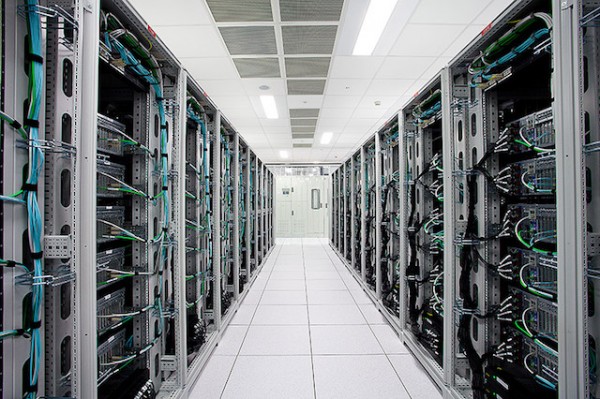
While mobility, big data and the Internet of Things (IoT) have dominated the headlines this year, 2016 will see more organisations beefing up their IT infrastructure to take advantage of those mega trends.
According to Ras Scollay, regional director at CenturyLink in Southeast Asia, businesses are expected to host more services in public and private clouds, and implement hybrid IT strategies to tie the services together.
Scollay said this will increasingly become the norm, as companies mix and match their internal IT infrastructure with externally managed services to attain the agility needed to be competitive.
CenturyLink elaborated on five other business trends that are likely to shape 2016:
Next-generation data centres
External data centres are rapidly becoming one of the most important elements in a modern organisation’s technology mix. The flexibility, scalability and resilience offered by externally operated data centres means they are becoming the go-to option for businesses wanting to quickly augment their IT capabilities.
As business needs mature, so will data centres. Expect to see greater use of modular data centres, which effectively couple hyperscale and hyperlocal environments for ultimate flexibility, greater data centre network speeds, better energy efficiency and a greater number of automated procedures involved in the management of data centres.
Further into the IoT
More and more analogue devices are being hooked up to the Internet, giving rise to the IoT. Everything from refrigerators to home thermostats and vehicles are now connected and producing actionable data. In 2016, this trend is expected to continue along the trajectory set by its already impressive growth.
One of the driving forces behind this trend is the amount of data being produced by connected devices. As the IoT market swells to an estimated 25 billion connected devices by 2020, according to technology research firm Gartner, the amount of data that organisations will have at their fingertips will be enormous. This will help businesses find out valuable details about their customers, their business operations and their market sectors.
Outsourced big data
The data produced by the explosion of connected devices goes to waste without advanced data analytics. Data analytics is already a major part of business operations for many companies. While many organisations with a web presence, electronic customer communications channels or digital payment gateways are analysing their data to some degree, not all businesses are making as much of the data available to them as they could.
Digital disruptors are quick to seize on all the data they can to measure, evaluate and learn. However, because big data needs a lot of processing power, many organisations will make use of cloud-based, big-data-as-a-service offerings, so they can get the full value of their information, without the associated capital expenditure.
Security in the cloud
There is an alarming rate of zero-day vulnerability discoveries happening, and cyber criminals are developing a dizzying array of new and complex attack methods, leaving traditional cyber-security solutions struggling to keep pace.
Rather than proactively updating their security software, many companies are increasingly implementing cloud-based security-as-a-service offerings. This is already broadly used in e-mail services such as Gmail. However, security-as-a-service is now being taken on to protect all facets of organisations’ IT infrastructure. Now, with so many IT services being outsourced, cloud-based security is likely to explode.
More mobility
Most companies know that to elevate employee productivity and engagement, they need to increase support for the use of mobile devices in the workplace.
Mobility is already a huge part of how many organisations do business. In 2016, mobility will become even more important to the overall business mix, with more business functions, services and processes being performed via mobile devices.






